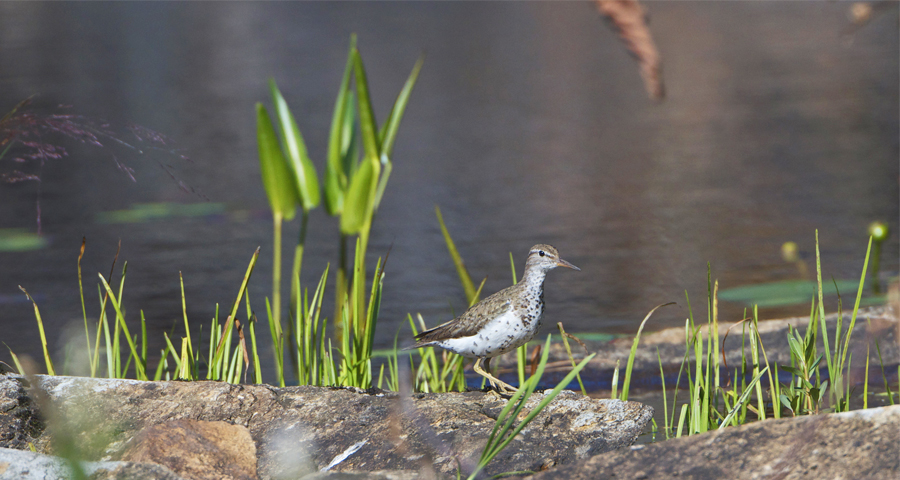
Intro to Spring and Summer Birding North of Toronto
To a naturalist, spring brings all kinds of unique and wonderful wildlife adventures. Best of all it’s the end to a long, cold winter season and the start to one of Nature’s most amazing events – the annual spring bird migration.
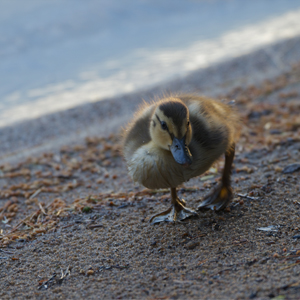 Signs that spring has arrived are everywhere from Algonquin Park and Muskoka to beautiful Georgian Bay. The rivers have swollen, the days are getting longer, and the sounds of Nature coming to life again echo through the forest.
Signs that spring has arrived are everywhere from Algonquin Park and Muskoka to beautiful Georgian Bay. The rivers have swollen, the days are getting longer, and the sounds of Nature coming to life again echo through the forest.
To the beginner birder, spring offers an excellent opportunity to observe the arrival of seasonal migrants because the trees have not yet sprouted their leaves and you can see better through the branches.
As the days get warmer, our northern lakes and rivers begin to loose their icy grip, becoming the perfect resting and feeding areas for all kinds of waterfowl. Each day brings more species migrating through to their nesting grounds, and Common and Hooded Mergansers, Buffleheads, and Ring-Neck Ducks take full advantage of this opportunity to return to this part of Ontario.
In addition to the arrival of waterfowl comes the territorial announcement that spring has arrived via the courtship drumming of woodpecker species on the trees. Pileated, Hairy, Downy and Northern Flickers are among the most common drummers of the woods in spring. Another sign that spring is at hand – the distinct call of the American Woodcock across the open fields, announcing his arrival and that the mating courtship season has started.
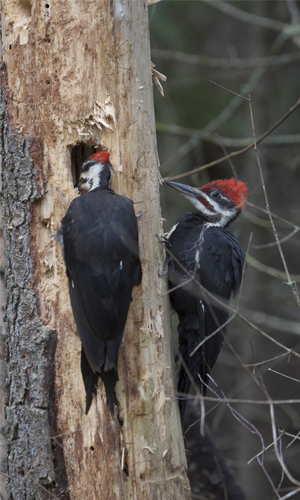 The Songbirds of May
The Songbirds of May
As weather warms up raptors, owls and then songbirds slowly push their way through to the breeding grounds during the spring migration. The songbirds or wood warblers are by far the jewels of the forest; arriving mid-May, there’s a short window to observe these unique species before the full on foliage of summer takes hold. Their unique and varied songs combined with their multitude of vibrant colours makes the songbirds the most sought after birds in the region.
During the breeding season, the courtships and territorial aggression between species provide great opportunities for observation. As males sing and protect their territories, the best time to spot them is sunrise; the early morning forest literally comes alive! As the day progresses, the birds tend to be less vocal in the rising heat. At this point in the spring migration, some species settle around these parts while others continue well up into the tundra, where they take full advantage of the longer days and exhaustible food supplies.
As the month of June comes to an end, so does the primary breeding season for many migrant species; in a sense it appears as though things are slowing down. Towards the end of July, preparation for the long migration south for many of the tundra species has already begun. As summer continues and the breeding season ends, the males biologically begin the moult; soon the fall migration takes place and a whole new challenge of bird watching begins. (The fall warblers unique in their colour variations become basically nondescript and more difficult to identify. Subtle plumage features allow for correct identification – but even at times the experts get challenged.)
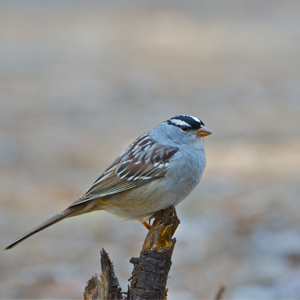
Get Birding This Spring & Summer
Birding is and continues to be one of the fastest-growing wildlife recreational activities. It‘s unique because it requires a minimal financial contribution and it can be enjoyed by everyone. Ontario’s cottage country is one of the areas that offers many opportunities and locations to enjoy the annual migration. In your backyard or at one of many provincial and national parks, a day of birding north of Toronto will leave you attuned to the natural world around you and eager to spot your next fine feathered friend.
To plan your stay in the wilderness just north of Toronto and to begin your birding adventure, click here.
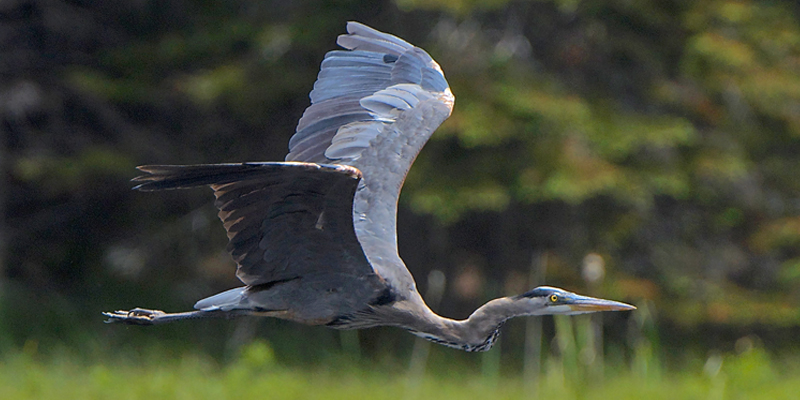
 Guest Blogger: Robin Tapley
Guest Blogger: Robin Tapley
Robin is a life-time resident of Muskoka and naturalist/educator at Fanshawe College in London. In 2015, Robin began co-hosting a series of unique wildlife programs in partnership with the Wildlife Research Station in Algonquin Park with station manager Tim Winegard. He is also the owner of Tapley’s Nature Trails.
![]()
